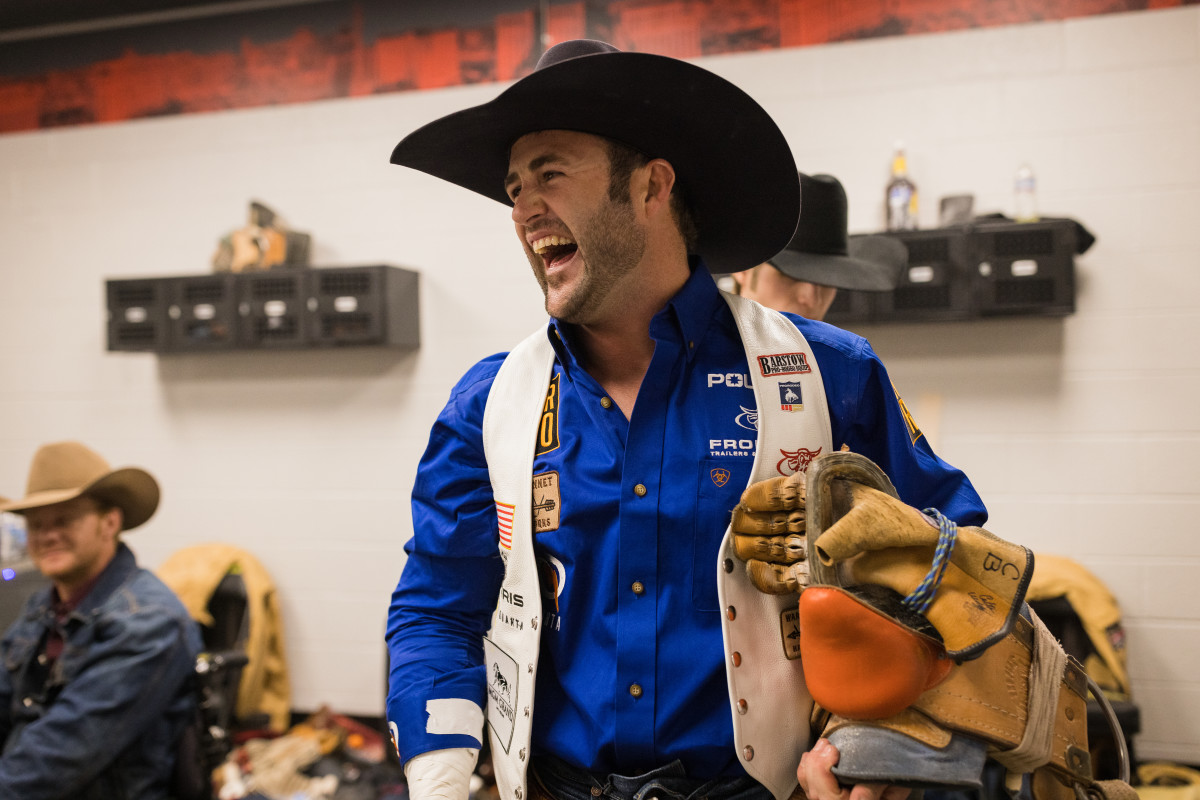
Cowboy life has always fascinated people with its rugged charm and adventurous spirit. But what was it really like to live as a cowboy in the Old West? Cowboys weren't just about riding horses and herding cattle; their lives were filled with hard work, danger, and a unique culture that shaped the American frontier. From the gear they used to the food they ate, every aspect of their daily routine tells a story of resilience and grit. In this blog post, we'll dive into 31 intriguing facts about cowboy life that will give you a deeper understanding of these iconic figures. Get ready to saddle up and explore the real world of cowboys!
The Origins of Cowboys
Cowboys have a rich history that dates back centuries. Their lifestyle, skills, and culture have evolved over time, creating a fascinating tapestry of facts.
-
The term "cowboy" originated in the 18th century. It was first used in Ireland to describe young boys who tended cows. The term later migrated to America, where it became synonymous with cattle herders.
-
Spanish vaqueros influenced American cowboys. Vaqueros were skilled horsemen and cattle herders in Mexico. Their techniques and traditions heavily influenced the American cowboy culture.
-
The first American cowboys were Civil War veterans. After the war, many soldiers found work as cowboys, using their riding and shooting skills to manage cattle.
Daily Life on the Range
Life on the range was tough and demanding. Cowboys had to be resilient, resourceful, and ready for anything.
-
Cowboys worked long hours. They often started their day before sunrise and didn't finish until after sunset, working up to 18 hours a day during cattle drives.
-
Meals were simple and hearty. Cowboys typically ate beans, beef, biscuits, and coffee. These foods were easy to prepare and provided the necessary energy for their grueling work.
-
Cowboys slept under the stars. They rarely had the luxury of a bed, often sleeping on the ground with just a blanket or bedroll for comfort.
Essential Cowboy Skills
Cowboys needed a variety of skills to survive and thrive on the range. These skills were honed through experience and passed down through generations.
-
Roping was a crucial skill. Cowboys used lassos to catch cattle, a technique that required precision and practice.
-
Horseback riding was second nature. Cowboys spent most of their time on horseback, making riding skills essential for their job.
-
Cowboys were expert marksmen. They needed to protect the herd from predators and sometimes had to hunt for food.
Cowboy Gear and Clothing
The gear and clothing of cowboys were designed for practicality and durability. Each item had a specific purpose.
-
Cowboy hats provided shade and protection. The wide brim shielded their faces from the sun and rain, while the high crown kept their heads cool.
-
Bandanas were multi-functional. Cowboys used them to protect their faces from dust, as makeshift bandages, and even as potholders.
-
Boots were designed for riding. The high heels kept their feet in the stirrups, and the pointed toes made it easier to slip into the stirrups quickly.
The Role of Cattle Drives
Cattle drives were a significant part of cowboy life. They involved moving large herds of cattle from one location to another, often over long distances.
-
Cattle drives could last months. Cowboys would drive cattle from Texas to railheads in Kansas, a journey that could take up to three months.
-
The Chisholm Trail was a famous route. This trail was used to drive cattle from Texas to Kansas, covering over 800 miles.
-
Cattle drives required teamwork. Cowboys worked in groups, each with specific roles, to ensure the herd stayed together and moved efficiently.
Famous Cowboys and Legends
Many cowboys became legends, their stories passed down through generations and immortalized in books and films.
-
Buffalo Bill Cody was a famous cowboy. He became a legend through his Wild West shows, which showcased cowboy skills and frontier life.
-
Wild Bill Hickok was a legendary lawman and cowboy. Known for his sharpshooting skills, he became a folk hero of the American Old West.
-
Annie Oakley was a renowned sharpshooter. Though not a traditional cowboy, her skills and performances made her a legend in cowboy culture.
The Influence of Cowboys on American Culture
Cowboys have left an indelible mark on American culture, influencing everything from fashion to entertainment.
-
Western films popularized cowboy culture. Movies like "The Good, the Bad and the Ugly" and "True Grit" brought cowboy life to the big screen.
-
Cowboy music became a genre. Songs like "Home on the Range" and "Ghost Riders in the Sky" celebrated the cowboy lifestyle.
-
Rodeos keep cowboy traditions alive. These events showcase skills like bull riding, roping, and barrel racing, celebrating the cowboy way of life.
The Modern Cowboy
While the golden age of cowboys has passed, modern cowboys still exist, adapting to new challenges and technologies.
-
Modern cowboys use technology. GPS, drones, and ATVs have become tools for managing cattle and land.
-
Ranching remains a vital industry. Cowboys continue to play a crucial role in raising cattle and maintaining ranches across the United States.
-
Cowboy culture endures. Festivals, museums, and reenactments keep the spirit of the cowboy alive for new generations.
Cowboy Myths and Realities
Many myths surround cowboy life, often romanticized in popular culture. The reality was often much harsher.
-
Cowboys were diverse. Contrary to popular belief, cowboys came from various backgrounds, including African American, Mexican, and Native American.
-
Cowboys faced many dangers. From stampedes to snake bites, the job was fraught with peril.
-
Cowboys weren't always gunfighters. While some carried guns, most cowboys used them for protection and hunting, not duels.
The Legacy of Cowboys
The legacy of cowboys continues to shape American identity and values. Their spirit of independence, resilience, and adventure lives on.
-
Cowboys symbolize freedom. They represent the American ideal of living life on one's own terms.
-
Cowboys influenced American fashion. Items like jeans, boots, and hats have become iconic symbols of American style.
-
Cowboys inspire literature and art. Countless books, paintings, and sculptures celebrate the cowboy way of life.
-
Cowboys embody the frontier spirit. Their legacy reminds us of the courage and determination needed to explore and settle new frontiers.
The Wild West's Legacy
Cowboy life wasn't just about riding horses and herding cattle. It was a mix of hard work, adventure, and survival. Cowboys faced harsh weather, long hours, and dangerous situations. Yet, they also enjoyed a sense of freedom and camaraderie. Their skills and traditions have left a lasting impact on American culture. From rodeo events to country music, the cowboy spirit lives on. Next time you watch a Western movie or listen to a country song, remember the real cowboys who inspired these stories. Their legacy is a testament to resilience, ingenuity, and the pioneering spirit that helped shape the American West. So, whether you're a history buff or just curious, there's always something new to learn about these fascinating figures. Keep exploring, and you'll uncover even more amazing facts about cowboy life.
Was this page helpful?
Our commitment to delivering trustworthy and engaging content is at the heart of what we do. Each fact on our site is contributed by real users like you, bringing a wealth of diverse insights and information. To ensure the highest standards of accuracy and reliability, our dedicated editors meticulously review each submission. This process guarantees that the facts we share are not only fascinating but also credible. Trust in our commitment to quality and authenticity as you explore and learn with us.


